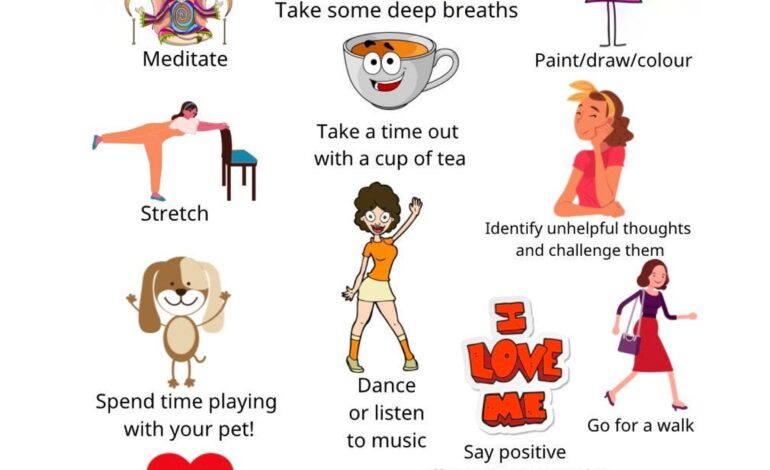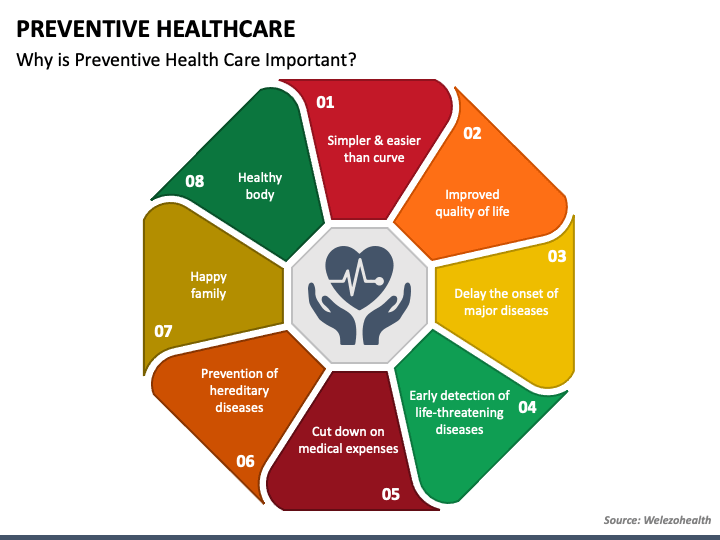Navigating Anxiety & Depression: Coping Strategies & Resources

Navigating the Storms Within: A Guide to Anxiety and Depression Management
Life throws a lot at us, and sometimes those burdens can feel overwhelming. For many, that overwhelm manifests as anxiety and depression – incredibly common mental health challenges affecting millions worldwide. It’s vital to understand that experiencing these feelings isn’t a sign of weakness; it’s a human response to complex situations. This post aims to provide some coping strategies and resources for managing anxiety and depression, but please read the important disclaimers at the end.
Understanding Anxiety & Depression: A Deeper Dive
Before we explore management techniques, let’s briefly understand what anxiety and depression actually are. Anxiety isn’t just feeling worried; it encompasses a spectrum of experiences, from mild nervousness to debilitating panic attacks. It often involves excessive worry, restlessness, difficulty concentrating, muscle tension, and even physical symptoms like rapid heartbeat or shortness of breath.
Depression, similarly, is more than just feeling sad. It’s a persistent low mood that can significantly impact daily life. Symptoms can include feelings of hopelessness, loss of interest in activities you once enjoyed (anhedonia), fatigue, changes in appetite or sleep patterns, difficulty concentrating, and sometimes even thoughts of self-harm. It’s crucial to recognize that depression can manifest differently in different individuals.
It’s also important to understand the potential overlap between anxiety and depression. Many people experience both conditions concurrently; they are often intertwined and can exacerbate each other. This is sometimes referred to as comorbid anxiety and depression, and addressing both simultaneously is key for effective treatment.
Coping Strategies: Building Your Toolkit
Managing anxiety and depression isn’t a one-size-fits-all solution. What works well for one person may not work for another. However, there are several evidence-based strategies that many find helpful. Think of these as tools in your toolkit—experiment to see which ones resonate with you.

Mindfulness and Relaxation Techniques
Mindfulness is the practice of paying attention to the present moment without judgment. It can be incredibly effective for reducing anxiety by interrupting racing thoughts and grounding you in reality. Simple mindfulness exercises include focusing on your breath, noticing the sensations in your body, or observing your surroundings.
Relaxation techniques like progressive muscle relaxation (tensing and releasing different muscle groups) and guided imagery (visualizing calming scenes) can help reduce physical tension associated with anxiety and promote a sense of calm. Numerous apps and online resources offer guided meditations and relaxation exercises – search for “guided meditation” or “progressive muscle relaxation” to find them.
Cognitive Behavioral Techniques (CBT)
CBT is a type of therapy that focuses on identifying and changing negative thought patterns and behaviors. It’s based on the idea that our thoughts, feelings, and behaviors are interconnected. A core CBT technique is challenging cognitive distortions – those inaccurate or unhelpful ways of thinking.
For example, if you find yourself thinking “I always fail,” a CBT approach would involve examining the evidence for and against this statement. Are there times when you *haven’t* failed? What factors contributed to past failures?
Lifestyle Adjustments: The Foundation of Wellbeing
Regular exercise is a powerful mood booster. Physical activity releases endorphins, which have mood-lifting effects. Aim for at least 30 minutes of moderate-intensity exercise most days of the week.
Healthy diet plays a vital role in mental health. Focus on whole foods – fruits, vegetables, lean protein, and complex carbohydrates. Limit processed foods, sugary drinks, and excessive caffeine or alcohol.
Adequate sleep is crucial for both anxiety and depression management. Aim for 7-9 hours of quality sleep each night. Establishing a regular sleep schedule can help regulate your body’s natural rhythms.
Social connection is incredibly important. Spend time with loved ones, join social groups, or volunteer – anything that helps you feel connected to others and reduces feelings of isolation.
Creative Outlets & Self-Care
Engaging in activities you enjoy can provide a welcome distraction from negative thoughts and boost your mood. This could include painting, writing, listening to music, spending time in nature or any other activity that brings you joy.
Prioritizing self-care is not selfish; it’s essential for wellbeing. This means taking the time to do things that nourish your mind, body, and spirit. This could be as simple as taking a warm bath, reading a book, or spending time alone in quiet reflection.
Resources & Professional Help
While self-help strategies can be helpful, sometimes professional help is necessary. Don’t hesitate to reach out if you’re struggling. Here are some resources:
- National Alliance on Mental Illness (NAMI): nami.org – Provides information, support, and advocacy for individuals with mental illness and their families.
- MentalHealth.gov: mentalhealth.gov – Offers a wealth of information about mental health conditions, treatment options, and resources.
- Crisis Text Line: Text HOME to 741741
- Suicide & Crisis Lifeline: Call or text 988
- Psychology Today: psychologytoday.com – Allows you to search for therapists and psychiatrists in your area.
Remember, You Are Not Alone
Dealing with anxiety and depression can feel isolating, but remember that you are not alone. Millions of people experience these challenges, and help is available. Be kind to yourself, practice patience, and celebrate small victories along the way. Seeking support is a sign of strength, not weakness.
Important Disclaimers
This blog post provides general information about anxiety and depression management and should not be considered medical advice. It’s essential to consult with a qualified healthcare professional – such as a therapist, psychiatrist, or your primary care physician – for diagnosis and treatment of any mental health condition.
The coping strategies discussed here may not work for everyone and should be used in conjunction with, not as a replacement for, professional medical care. If you are experiencing suicidal thoughts or have concerns about harming yourself or others, please seek immediate help by calling 988 or visiting your nearest emergency room.
This post is intended to inform and support, but it’s not a substitute for individualized treatment plans developed in collaboration with a healthcare professional.



